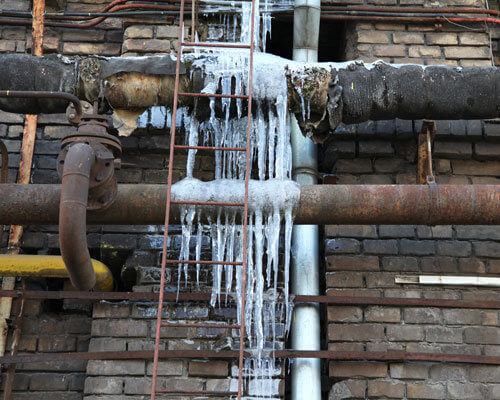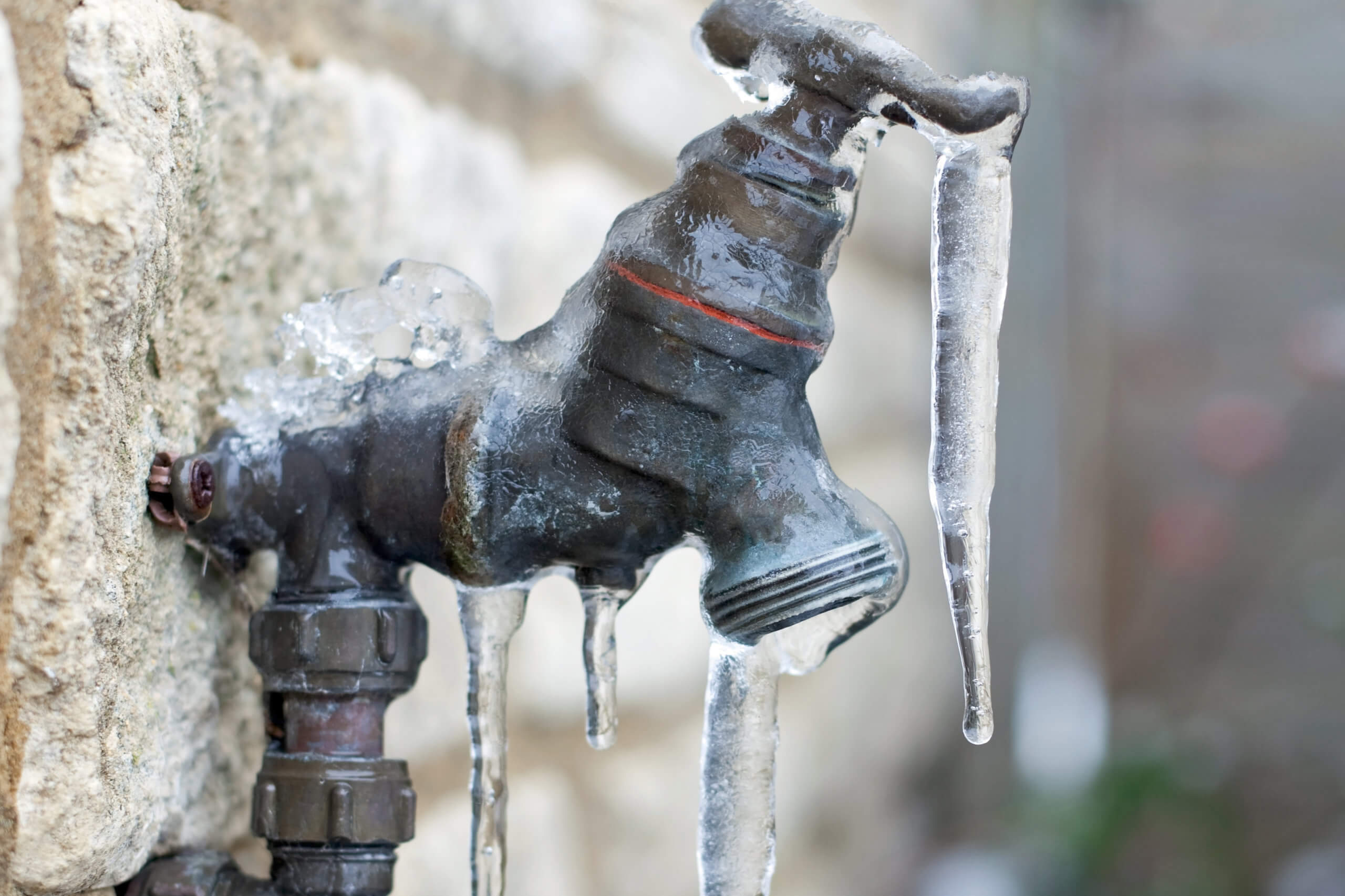Preventing Pipes from Cold Weather: Effective Methods
Preventing Pipes from Cold Weather: Effective Methods
Blog Article
This post down the page in relation to How to prepare your home plumbing for winter weather is exceedingly intriguing. Read it for your own benefit and see what you think about it.

Cold weather can wreak havoc on your plumbing, especially by freezing pipes. Here's just how to prevent it from taking place and what to do if it does.
Introduction
As temperature levels decline, the threat of frozen pipelines increases, possibly resulting in expensive fixings and water damage. Recognizing how to avoid icy pipes is critical for home owners in cold climates.
Avoidance Tips
Protecting vulnerable pipelines
Wrap pipelines in insulation sleeves or use warm tape to protect them from freezing temperature levels. Focus on pipes in unheated or external areas of the home.
Heating strategies
Keep interior spaces appropriately heated, particularly locations with pipes. Open cabinet doors to enable cozy air to flow around pipes under sinks.
Exactly how to determine icy pipelines
Seek lowered water flow from taps, uncommon smells or sounds from pipelines, and visible frost on exposed pipes.
Long-Term Solutions
Structural adjustments
Consider rerouting pipelines far from outside walls or unheated areas. Add added insulation to attics, cellars, and crawl spaces.
Updating insulation
Purchase premium insulation for pipes, attic rooms, and wall surfaces. Appropriate insulation helps keep regular temperatures and reduces the threat of frozen pipelines.
Securing Outdoor Pipes
Garden tubes and outside taps
Separate and drain yard hose pipes prior to winter season. Install frost-proof spigots or cover exterior taps with shielded caps.
Comprehending Icy Pipes
What causes pipelines to freeze?
Pipelines freeze when subjected to temperatures listed below 32 ° F (0 ° C) for prolonged durations. As water inside the pipes ices up, it broadens, taxing the pipe wall surfaces and possibly creating them to rupture.
Risks and damages
Icy pipes can cause supply of water disturbances, residential or commercial property damages, and pricey repair work. Ruptured pipelines can flooding homes and trigger comprehensive structural damages.
Indicators of Frozen Pipes
Identifying icy pipes early can avoid them from breaking.
What to Do If Your Pipelines Freeze
Immediate activities to take
If you presume icy pipes, maintain taps open up to ease stress as the ice melts. Utilize a hairdryer or towels taken in hot water to thaw pipelines slowly.
Conclusion
Protecting against icy pipelines calls for aggressive measures and quick actions. By comprehending the reasons, indications, and preventive measures, house owners can secure their plumbing throughout cold weather.
5 Ways to Prevent Frozen Pipes
Drain Outdoor Faucets and Disconnect Hoses
First, close the shut-off valve that controls the flow of water in the pipe to your outdoor faucet. Then, head outside to disconnect and drain your hose and open the outdoor faucet to allow the water to completely drain out of the line. Turn off the faucet when done. Finally, head back to the shut-off valve and drain the remaining water inside the pipe into a bucket or container. Additionally, if you have a home irrigation system, you should consider hiring an expert to clear the system of water each year.
Insulate Pipes
One of the best and most cost-effective methods for preventing frozen water pipes is to wrap your pipes with insulation. This is especially important for areas in your home that aren’t exposed to heat, such as an attic. We suggest using foam sleeves, which can typically be found at your local hardware store.
Keep Heat Running at 65
Your pipes are located inside your walls, and the temperature there is much colder than the rest of the house. To prevent your pipes from freezing, The Insurance Information Institute suggests that you keep your home heated to at least 65 degrees, even when traveling. You may want to invest in smart devices that can keep an eye on the temperature in your home while you’re away.
Leave Water Dripping
Moving water — even a small trickle — can prevent ice from forming inside your pipes. When freezing temps are imminent, start a drip of water from all faucets that serve exposed pipes. Leaving a few faucets running will also help relieve pressure inside the pipes and help prevent a rupture if the water inside freezes.
Open Cupboard Doors
Warm your kitchen and bathroom pipes by opening cupboards and vanities. You should also leave your interior doors ajar to help warm air circulate evenly throughout your home.

I'm very interested by How to prepare your home plumbing for winter weather and I'm hoping you appreciated our post. Sharing is nice. Who knows, you will be helping someone out. I am grateful for your time. Revisit us soon.
Call Today Report this page